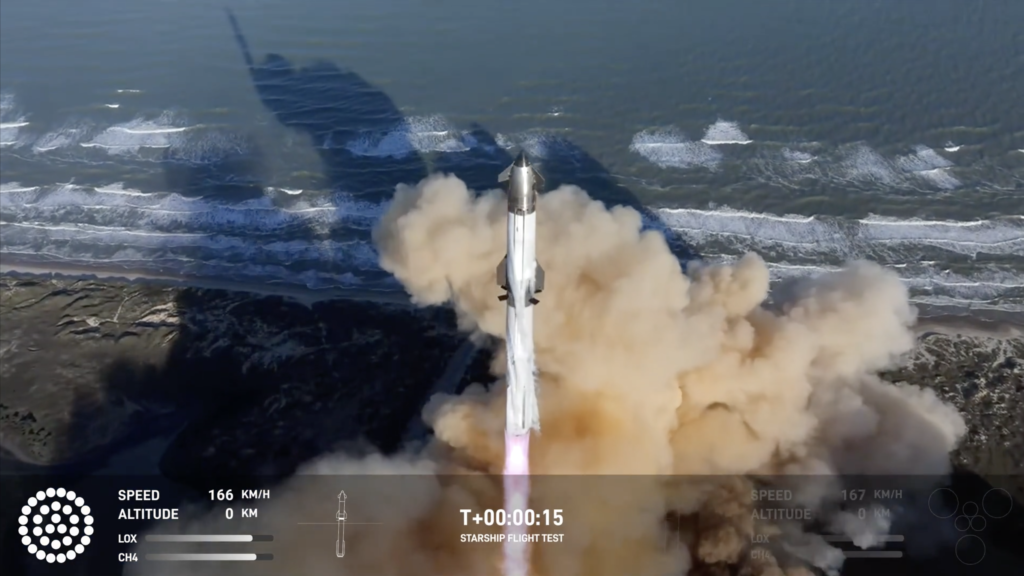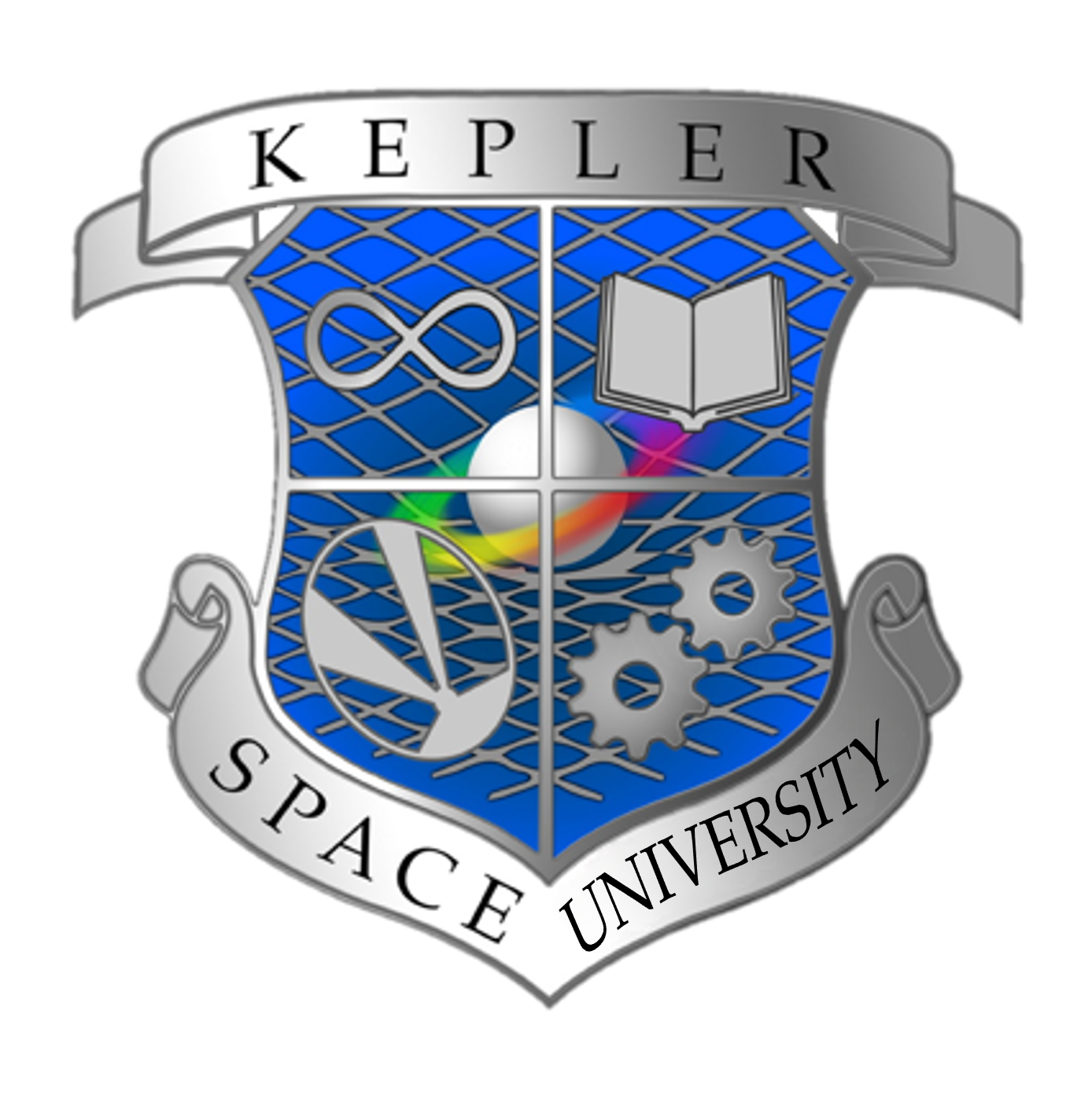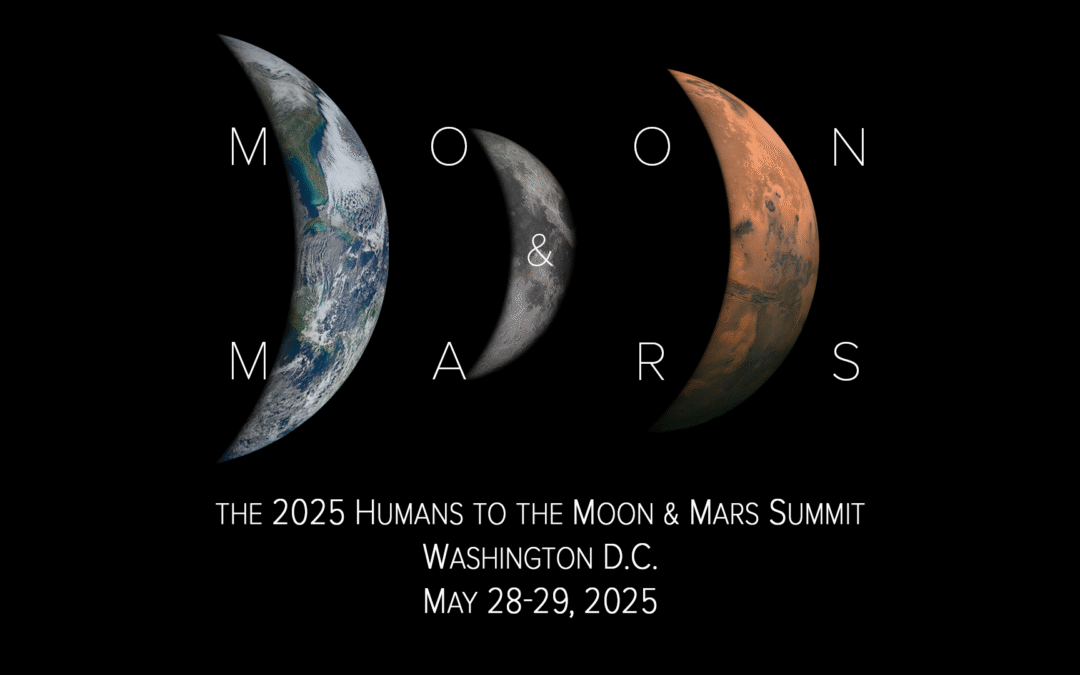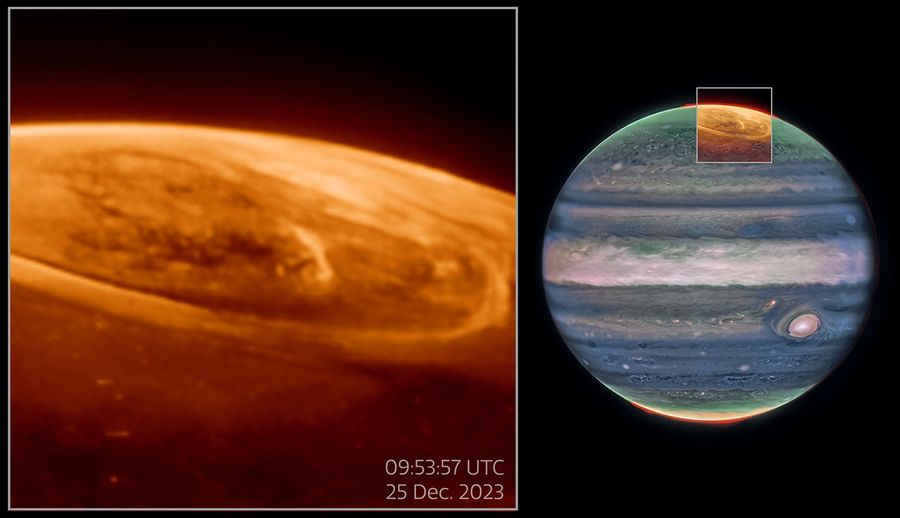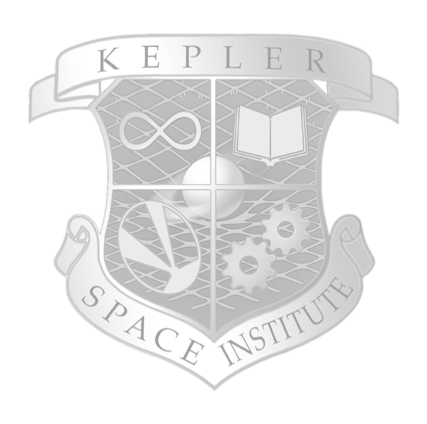The first Starship flight test of 2025 flew with ambitious goals: seeking to repeat our previous success of launching and catching the world’s most powerful launch vehicle while putting a redesigned and upgraded Starship through a rigorous set of flight demonstrations.
It served as a reminder that development testing, by definition, can be unpredictable.
On its seventh flight test, Starship successfully lifted off from Starbase in Texas at 4:37 p.m. CT on Thursday, January 16. At launch, all 33 Raptor engines powered the Super Heavy booster and Starship on a nominal ascent. Following a successful hot-stage separation, the booster successfully transitioned to its boostback burn, with 12 of the planned 13 Raptor engines relighting, to begin its return to the launch site.
Super Heavy then relit all 13 planned middle ring and center Raptor engines and performed its landing burn, including the engine that did not relight for boostback burn. The landing burn slowed Super Heavy down and maneuvered itself to the launch and catch tower arms, resulting in the second successful catch of a Super Heavy booster.
Replay Starship’s Seventh Flight Test: Learn More
